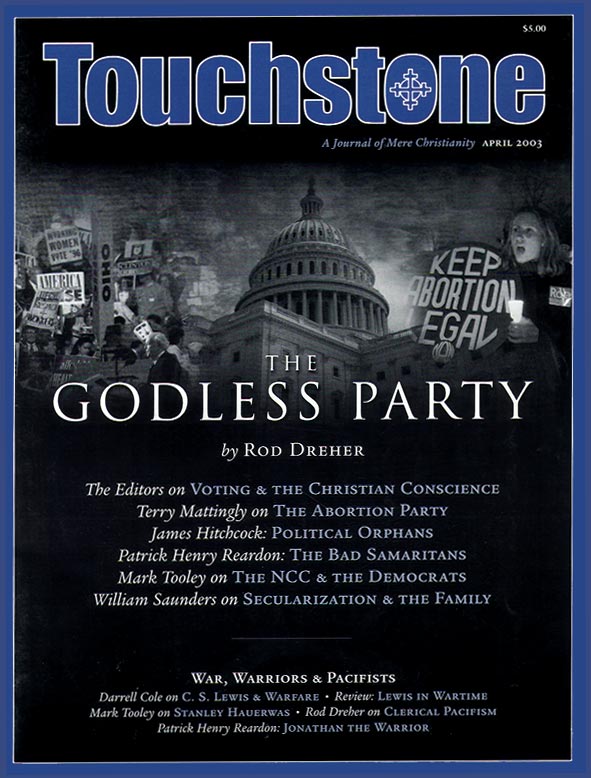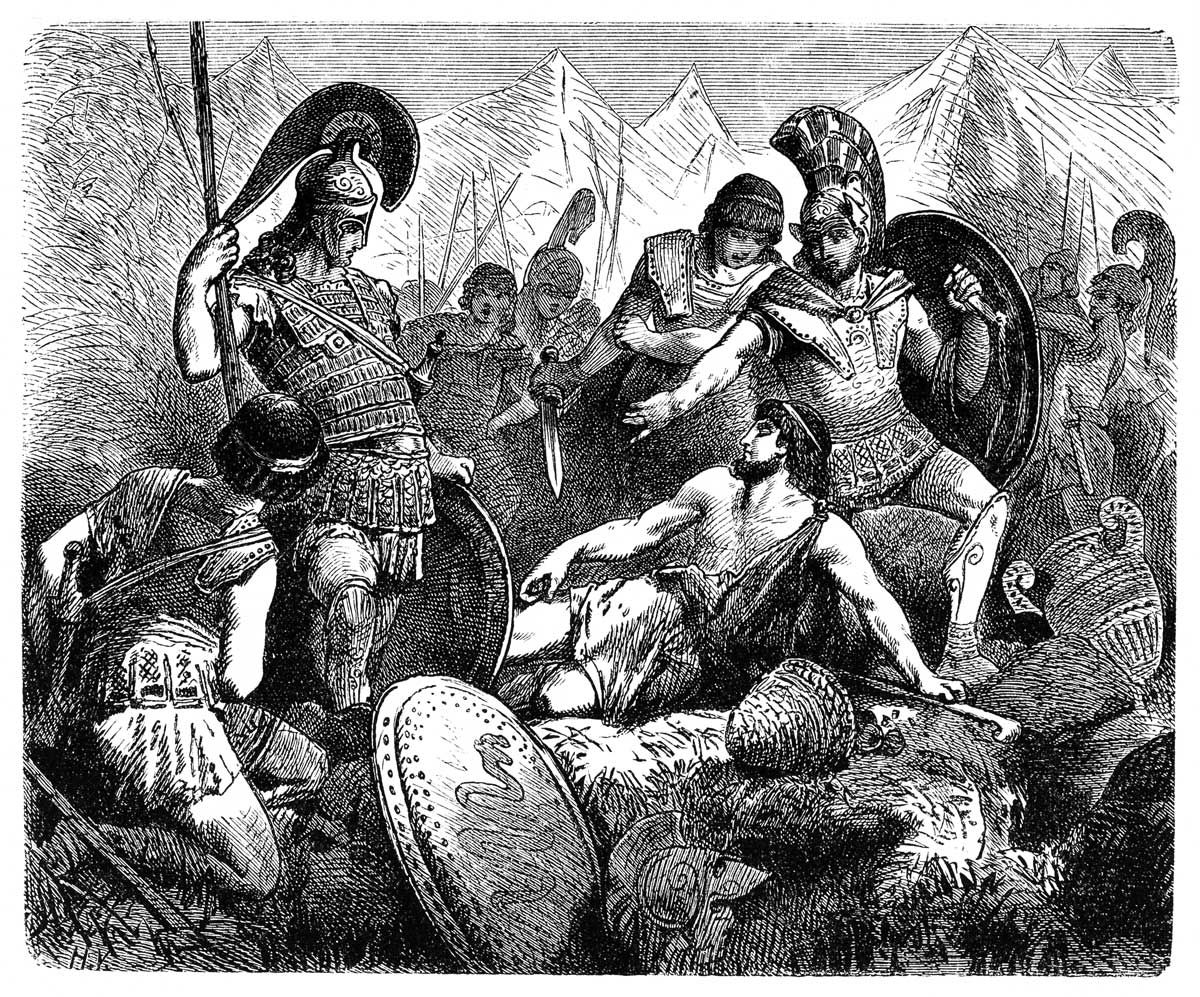Requiem for the Comic Book
Gillis J. Harp on the Debasing of Boyhood Innocence
Role models like pop stars Britney Spears and Jessica Simpson (these Lolitas still claim to be Christians despite appearing scantily clad on the covers of men’s magazines and in music videos) have undermined the innocence of girlhood. Accordingly, it is not uncommon to encounter eight-year-old girls in Wal-Mart dressed like prostitutes.
Many cultural critics have decried this, but fewer have noticed how the entertainment industry has debased boyhood and undermined its innocence. For a vivid illustration, have a look at comic books.
His First Comic
I think I bought my first comic book when I was eleven years old. It was Captain America no. 104. My friends and I bought Marvel comics because we all agreed that they were more hip. The artwork was better, and anyway, only little kids read DC comics (the home of Superman and Batman). Although Marvel was the first to introduce characters who were not just cardboard cutouts (including the troubled teenager Peter Parker, alias Spiderman), I was a traditionalist and preferred Captain America.
I liked Captain America for a couple of reasons. For one, he was the very personification of everything good about America: He was honest, selfless, courageous. After all, his costume was essentially the American flag. For another, he was drawn by one of the great Marvel artists, Jack “King” Kirby. The King’s artwork was everything comic artistry should be, bold and dynamic. In his prime, Kirby portrayed the human form with a winsome simplicity and athletic power that perfectly suited his medium. Kirby rendered male musculature with crisp angular lines that remind me now, in retrospect, of cubism. Kirby was a Picasso for thirteen-year-old boys.
Comic collectors call this period—roughly the early sixties to the early seventies—the Silver Age, to distinguish it from the Golden Age comics of the thirties and forties that my father read as a boy. Captain America actually had a foot in both camps. He had been created during World War II and then revived by Marvel during the sixties, having been conveniently suspended in an ice block since the war. Even some of the villains Cap battled were World War II leftovers. His major nemesis, the diabolical Red Skull, was a former Nazi henchman still bent on world domination.
Under the watchful eye of the Comics Code Authority, sexual content was virtually nonexistent, and violence was usually of the fisticuffs variety. Indeed, the Code stipulated that blood be rendered in black ink since red simply looked too graphic. Most Marvel superheroes were men of unimpeachable character who put the security of the free world before their private lives.
Steve Rogers (Captain America’s alter ego) was long frustrated in his relationship with steady girlfriend, Sharon Carter, because of his larger commitment to ideals beyond their personal lives. In one episode, as Cap was throwing himself against a powerful enemy, the thought balloon over his head read: “My life means nothing! The fate of all mankind is at stake! If he [the Red Skull] isn’t stopped—humanity itself is doomed!” Self-sacrifice defined Cap’s character.
Before the seventies, most of the women who appeared in the pages of Marvel comics were modestly dressed. Sharon Carter had curves but hers was a “girl-next-door” sort of attractiveness. The few women who were portrayed as femmes fatales in Marvel’s heyday were usually villainesses.
But These Days . . .
Gillis J. Harp is Professor of History at Grove City College in Pennsylvania and the author of Brahmin Prophet: Phillips Brooks & the Path of Liberal Protestantism (Rowman & Littlefield, 2003). He and his family worship at Grace Anglican Church in Slippery Rock, Pennsylvania.
subscription options
Order
Print/Online Subscription

Get six issues (one year) of Touchstone PLUS full online access including pdf downloads for only $39.95. That's only $3.34 per month!
Order
Online Only
Subscription

Get a one-year full-access subscription to the Touchstone online archives for only $19.95. That's only $1.66 per month!
bulk subscriptions
Order Touchstone subscriptions in bulk and save $10 per sub! Each subscription includes 6 issues of Touchstone plus full online access to touchstonemag.com—including archives, videos, and pdf downloads of recent issues for only $29.95 each! Great for churches or study groups.
Transactions will be processed on a secure server.
more from the online archives
calling all readers
Please Donate
"There are magazines worth reading but few worth saving . . . Touchstone is just such a magazine."
—Alice von Hildebrand
"Here we do not concede one square millimeter of territory to falsehood, folly, contemporary sentimentality, or fashion. We speak the truth, and let God be our judge. . . . Touchstone is the one committedly Christian conservative journal."
—Anthony Esolen, Touchstone senior editor









